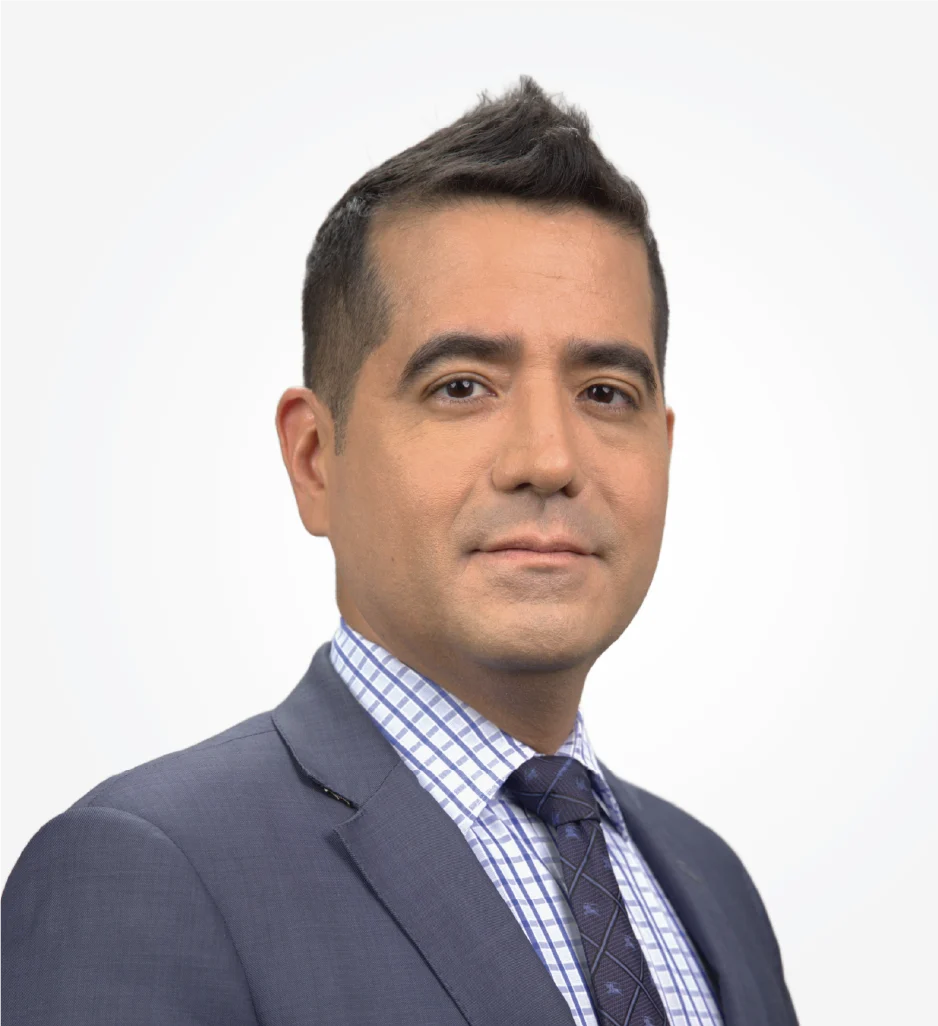When a car accident happens, and someone else causes it, many victims deserve to receive fair compensation for their losses. That can include coverage for medical bills and pain. To obtain that compensation, it is critical to prove liability. That is, you must determine who is at fault for the accident to file a claim against the appropriate parties.
This becomes complicated in situations where the driver of the vehicle is not operating their own vehicle. Perhaps they borrowed a friend's car to run to the corner store and caused an accident. Who do you pursue compensation from: the driver or the owner of the car?
It can be either person, or it can be both. The only way to know for sure is to seek out help from your car accident attorney, who can look at all factors in your case to ensure a clear understanding of your rights is understood.
How Fault in a Borrowed Car Accident is Determined
To determine fault, car accident lawyers (along with the police and insurance companies) must consider all factors surrounding the accident and the laws that apply to each party involved. Blaming the person driving the car is often possible, but that is not always correct (or enough). There are times when the owner of the vehicle who allowed that driver to get behind the wheel can also be responsible.
To determine fault, then, it is critical to examine all factors related to the accident, including why it happened and how it could have been avoided.
Vicarious Liability in Car Accidents
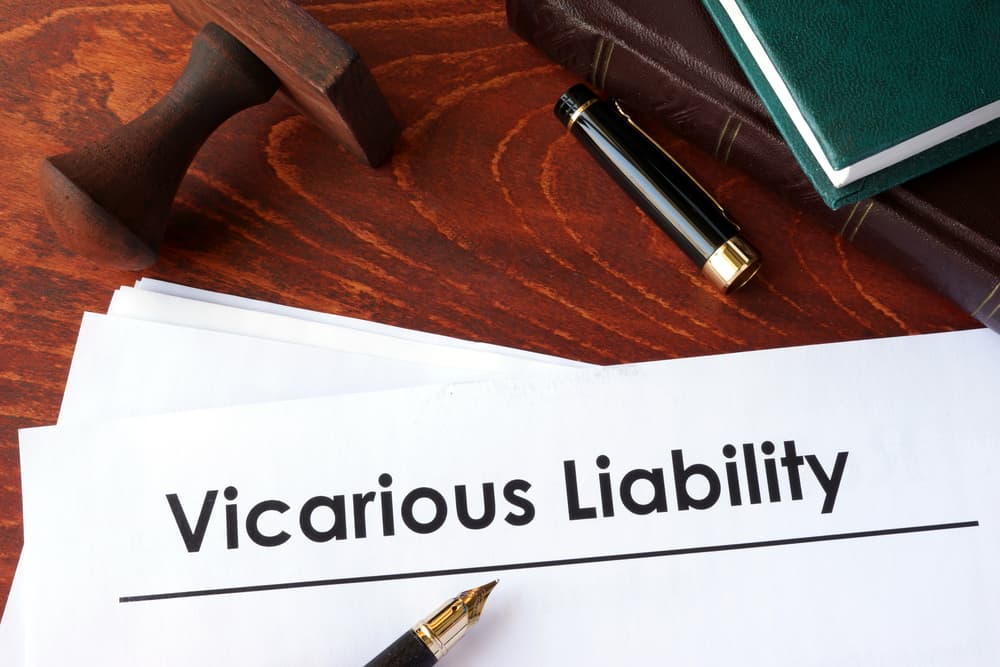
One of the terms you may hear about such situations is vicarious liability. This term refers to situations in which one person is responsible for the actions of another person, even if they did not engage in those actions directly. This type of liability occurs due to the relationship between the two parties. For example, there could be an employer and employee legal relationships present. In other cases, it can be a parent that is responsible for their minor child's actions.
This translates into car accidents in numerous ways. Typically, if a car owner provides the right to another person to drive their vehicle, and that driver causes an accident, the owner can be liable in some situations. Though challenging, it is possible in some situations to prove that the car owner never should have provided the party with access to their vehicle.
Consider, for example, an employer that owns a vehicle and allows an employee to drive it for a work errand. The company will be vicariously liable for any negligence of the employee that leads to harm while they were on the job.
A vehicle owner might provide the keys to their car to a person they know has been consuming alcohol in the hours prior. They may even know the other person is slightly intoxicated (or they do not). Yet, they should have recognized the risk that this person could get behind the wheel of their car and cause an accident.
In situations where you can prove that vicarious liability exists, it may be possible to seek compensation against all parties implicated, including the car's owner.
Situations Where the Car Owner Might Be Responsible for the Accident
Though the driver of the vehicle may also hold some responsibility, there are a few situations where the owner may be implicated as well. The driver may still be responsible, or the owner may hold all responsibility depending on the circumstances of the accident. Here are some examples of when a vehicle owner can be held liable.
Negligent entrustment
One core reason the vehicle owner can be held responsible for the actions of the driver occurs when negligent entrustment is proven. This means that the car owner knew some reason why the person driving the car could pose a risk to others. Some examples of this may include:
- History of reckless driving
- Statements made about plans to engage in reckless driving
- Known substance use disorder
- Known lack of driver's license
In these situations, the owner may be responsible for the losses the driver causes because they should have recognized that the driver was a high risk to others.
Permissive use
Though permissive use does not mean that the car owner is actually at fault in the incident, it does make the car owner's insurance company responsible for accidents. The insurance coverage on the vehicle follows the car. If that driver causes an accident, the owner's car insurance may be responsible for covering the damages of the other party.
The insurance of the vehicle is typically used in a case like this. That means that even if the driver of the car is at fault and the driver has their own insurance, the vehicle owner's liability insurance may cover the losses.
Vehicle maintenance-related losses
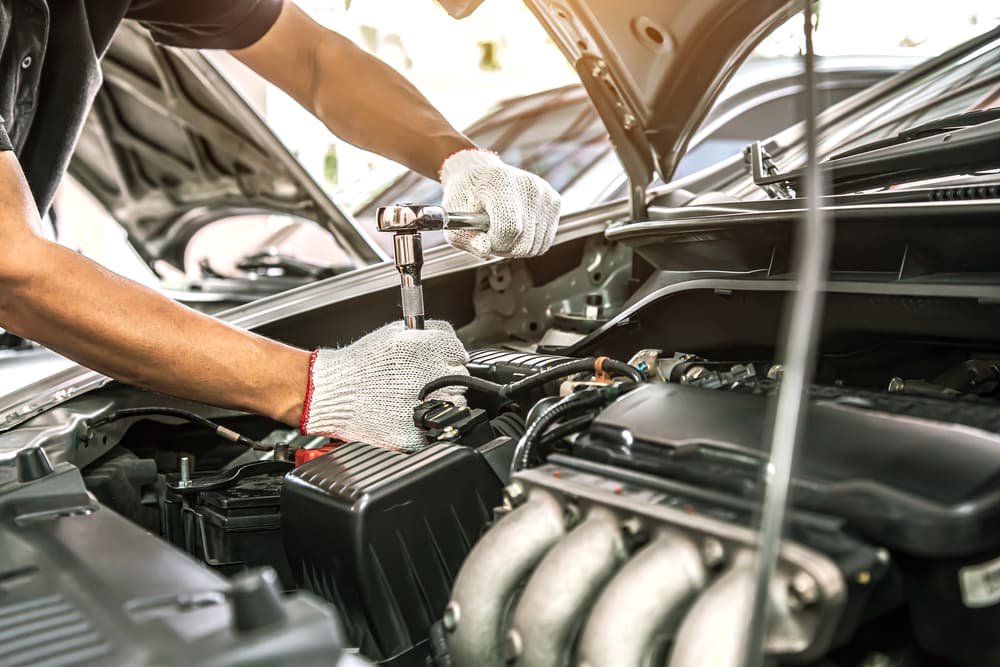
In some situations, a driver may not be at fault at all. For example, if the owner of the vehicle knew there was a brake failure risk for the vehicle, and the driver did not, the owner could be held responsible. The car owner is responsible for the vehicle's safety. That means that the owner must do what it takes to ensure the vehicle can operate safely on the roadway or, if not, that the vehicle should not be on that roadway. Some common examples include:
- Known lights that were not working
- Mechanical problems with the engine or transmission that cause it to stall out
- Lack of brakes
- Lack of property signaling
- Faulty tires or wheels
In these cases, the owner of the vehicle may be held liable for some or all of the losses suffered by the other party if the faulty component or lack of maintenance on the car was the direct attributing factor to the loss. The victim must prove that to be the case.
Family use of the car
Another instance in which the owner of the car may be responsible for the damages caused by the driver occurs when the ownership of the car is shared within the family. For example, a new driver takes the family car to the gas station and causes an accident. In this situation, the car owner can be held liable for the actions of the driver. The most common example of this occurs when parents lend their vehicles to their teenagers to use, and the teenager is involved in an accident.
The vehicle is operated as a component of an employee-employer relationship.
Another example of when this may apply occurs in situations where the vehicle driver is operating a vehicle on behalf of their employer. Employers take on some risks for the actions of their drivers, especially in relation to skill. For example, if the vehicle driver is fatigued because they worked long hours and is in an accident with a company car while on work duty, the company could be held liable.
However, there are some limitations to this. If the vehicle's driver was intoxicated or driving recklessly, the driver may still be responsible (even solely) for their actions. In situations like this, it may be the fault of both or either of the people involved.
Situations Where the Car Driver Is Responsible for the Accident
In some situations, the driver of the car holds all responsibility in the accident, no matter who owns the vehicle. The vehicle driver is often responsible for their actions or inactions. Consider these circumstances in which the driver is at fault (at least holds part of the fault) in a case.
Illegal actions
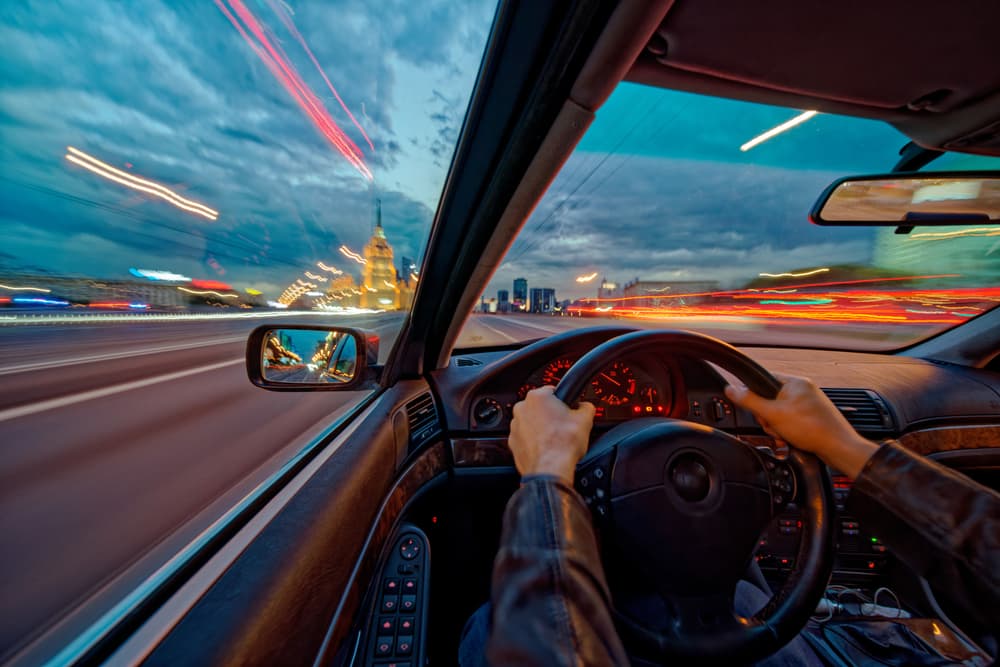
In situations where the driver engages in illegal acts, and those actions lead to the losses the other party suffered, the driver is at fault. There are many ways that breaking the law can cause this, including examples such as:
- Speeding
- Not signaling before turning
- Failing to yield the right of way
- Running a red light
- Failing to stop at a stop sign
Most often, the vehicle owner is not responsible when the driver's actions are solely to blame for the incident.
Intoxication
In some situations, a vehicle owner could be held responsible if the driver of the vehicle was known to struggle with drinking and driving. The owner can be responsible if they knew the driver was intoxicated when they handed them the keys. But that is where the liability ends.
Most commonly, the driver who uses alcohol or drugs that leave them unfit to drive a car is responsible for their actions. Drunk and drugged driving are serious claims that typically follow the vehicle driver.
Distracted driving
In most instances of distracted driving, the vehicle operator is responsible. Unless, for some reason, the vehicle owner forces the driver to be distracted, the owner does not have responsibility. Some examples of when the owner can be held responsible include distractions such as:
- Texting and driving
- Talking on the phone and driving
- Eating or drinking while driving
- Daydreaming while driving
- Other ways not focused on the roadways
Intentional or aggressive driving
Some accidents occur due to the reckless actions of the driver. In some situations, the driver acts intentionally to scare the other driver. Other times, they are impatient. In most of these cases, the vehicle owner holds no responsibility in a matter like this. That includes in cases such as:
- Tailgating
- Weaving between traffic
- Aggressive stopping to cause an accident
- Reckless behavior like racing that puts others at risk
- Driving too close to the other driver on purpose as a means to be aggressive or frightening
Failing to adjust to bad conditions
A sudden rainstorm, driving in slick conditions, or high winds can all pose a risk to anyone on the road. In situations where conditions worsen to the point of being unsafe, the driver must take action to prevent losses to others. That often means pulling off to the side of the road and remaining there until it is safe to move on.
In situations where the road conditions are bad for any reaction, and the driver fails to adjust to those road conditions, the driver could be held responsible for all injuries and accident damage. The owner of the vehicle is not responsible in most instances like this.
Proving Liability in a Car Accident Is Critical But Can Be Complex
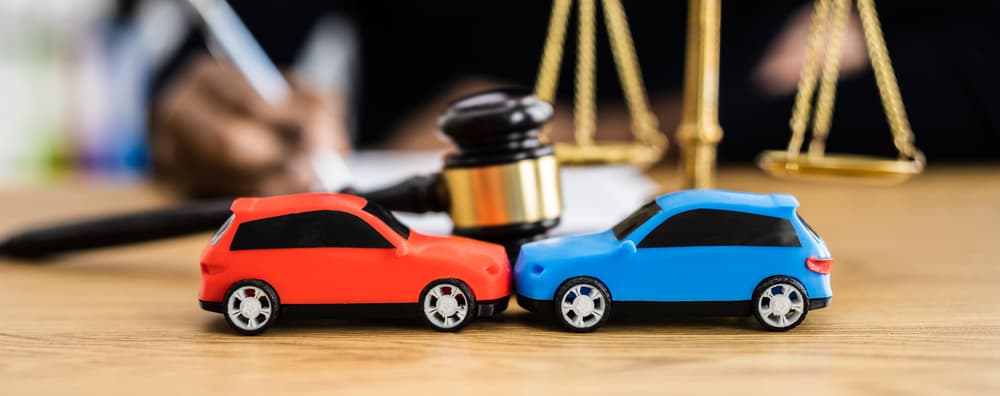
The complexity of cases like this warrants the help of a car accident attorney. The attorney will:
- Gather all evidence in the case
- Verify that the police report's indication of fault is accurate
- Provide detailed insight to insurance companies about who is at fault in filing a claim
- Negotiate with the insurance company to ensure proper coverage applies
- Seek out more than one party when more than one person is responsible
- Maximize the claim for compensation for their client to cover all of their losses
The insurance company will likely do whatever it can to shift blame to the victim or at least to another party if possible. Yet, this can simply be a delay tactic or an unfair denial of coverage. With the help of a car accident attorney, you learn more about your rights, including how to seek the fair compensation owed to you. In cases like this, where there could be multiple parties responsible, drivers and owners, the victim is best supported with the insight of an car accident lawyer.
Note that state laws differ but in Virginia, for example, car insurance typically follows the car. That means that even if the driver is to blame, the insurance company for the vehicle may still be required to pay compensation to the victim for all losses incurred.
Protecting Your Rights with Support from a Car Accident Lawyer
When a car accident occurs in which the person driving the car is not the owner of the vehicle, the legal process for seeking damages can become a bit more complex. With the help of a car accident attorney, it becomes possible to sort out who is responsible and to pursue full and fair compensation on their behalf.
Set up a free consultation with a personal injury attorney to discuss your specific needs, risks, and goals in a situation like this when you are the victim.

